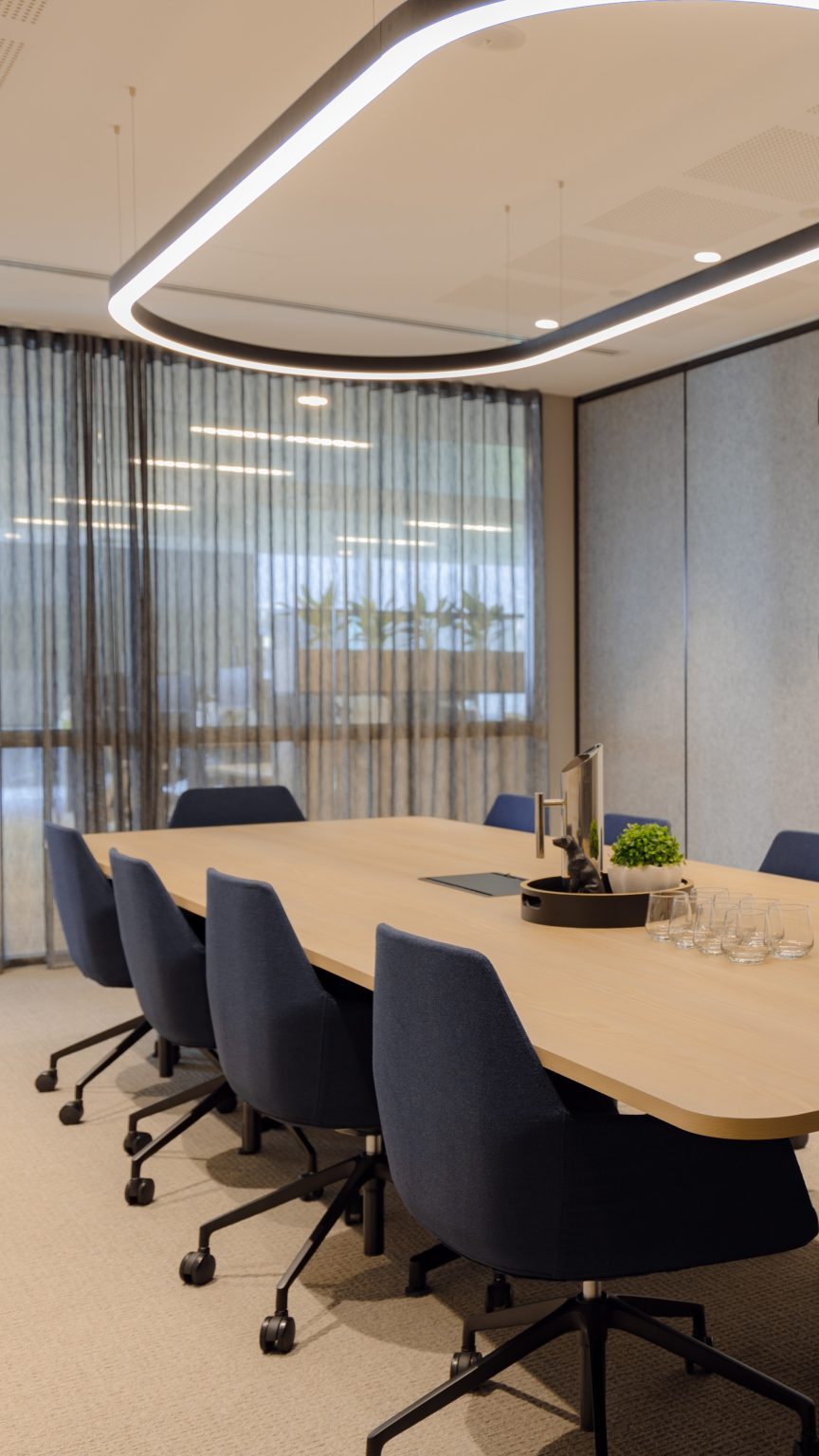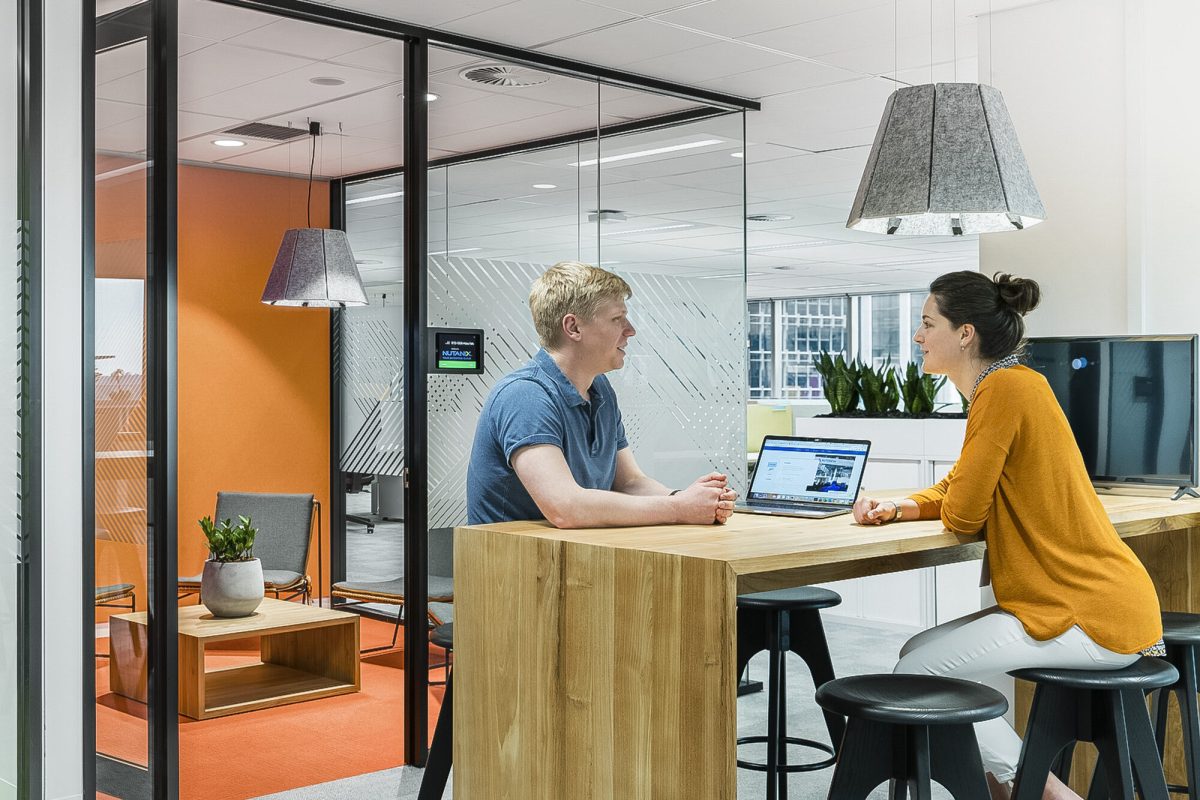This is the frustrating reality of the modern hybrid workplace. Businesses have been forced to adapt, but many are stuck with a patchwork of technology that creates more friction than it removes. The core of the problem isn’t the desire for flexibility; it’s that the technology meant to enable it has become a complex maze.
The Platform Problem: A Maze of Choices
When business owners first approach us, they aren’t just looking for new screens or speakers. They have a specific, painful symptom they need to solve. In the world of hybrid meetings, that pain is almost always the overwhelming confusion between native platform rooms (like dedicated Microsoft Teams Rooms, Google Meet, or Zoom Rooms) and the need for a simple “Bring Your Own Device” (BYOD) solution.
The conflict is clear. A large organisation might mandate Microsoft Teams for all internal collaboration to standardise its workflow. But what happens when their biggest client is locked into the Google ecosystem, or a new partner uses Zoom exclusively? The dream of simple, one-touch meetings shatters. Suddenly, your team can’t easily communicate with the outside world, creating barriers where you need bridges.
The Myth of the ‘All-in-One’ Solution
The immediate temptation is to find a system that does everything. Many platforms promise third-party integration, suggesting you can have your Google Meet room and easily join a Zoom call. In reality, this support is often incomplete, buggy, or so complicated it defeats the purpose. Adding other middleware platforms to bridge the gap only adds another layer of complexity and another potential point of failure.
The “best-in-class” approach of supporting every platform natively with its own dedicated hardware is technically possible, but for most businesses, it’s an unwieldy and expensive nightmare of multiple controllers and confusing interfaces. This is where off-the-shelf solutions fail—they don’t account for the unique reality of your business.
The Real Solution: A Tailored Strategy, Not Just Technology
A truly effective meeting room isn’t about buying more equipment; it’s about implementing the right strategy. At Sound with Vision, our process begins not with a product catalogue, but with a conversation. We have to inform and gather information at the same time, because often our clients don’t know the full landscape of what’s possible.
We ask the critical questions first:
- Which platforms are essential for your internal teams?
- Which platforms do your key external partners use?
- How much control do you have over your IT environment?
Only by understanding these alliances and operational realities can we begin to design a solution. We find that once clients understand the technical complexities and cost implications of each choice, they are empowered to make a much better, more informed decision for their future.
Engineering for Reality: The Best of Both Worlds
Our design philosophy is to engineer for reality. We guide you to align with the best primary platform for your organisation’s daily needs. This creates a powerful, consistent internal experience.
Then, we engineer a seamless BYOD layer on top. This is the key. By using trusted, high-performance hardware from partners like Logitech, we create a simple, intuitive way for any team member or guest to walk into the room, plug in their own laptop with a single cable, and run any meeting platform they need. To ensure this is always reliable, we often use robust technology like HDBT to extend that laptop connection from the wall right to the seat at the meeting table, eliminating unstable wireless connections for important presentations.
The Result: An Experience That Simply Works
The change is profound. The experience starts before you even enter the room, with booking panels showing a simple traffic light colour to indicate if the space is free. Inside, sensors can wake the room up automatically as you enter.
But the ultimate goal is confidence. It’s the confidence of knowing that when you sit down, the system is ready for you, whether you’re launching the room’s native Teams call or plugging in your laptop to join a client’s Webex meeting.
Our Commitment: Partnership Beyond Installation
We are honest with our clients: no technology system is flawless. People will forget how to share content, a guest will be unfamiliar with the controller, and issues will arise. The real measure of success isn’t pretending these systems are perfect, but in how you prepare for those moments.
Our work isn’t finished when the installation is complete. We work with you to empower your team, providing the training and support needed to make them confident users who take ownership of the technology. We are your long-term partner in collaboration, not just a vendor.
If you’re tired of the daily friction and want to create a hybrid meeting experience that empowers your team and impresses your clients, it’s time for a different kind of conversation.
Contact Sound with Vision today to schedule a genuine consultation and build a meeting room that’s ready for the future of work.



